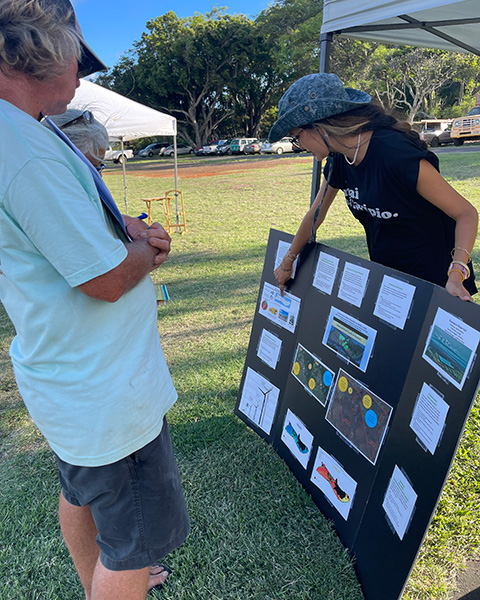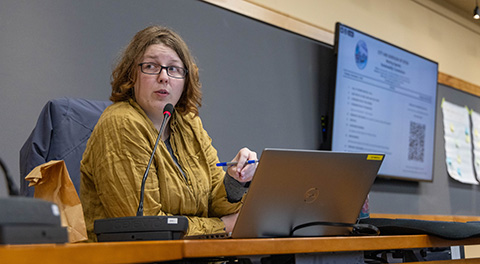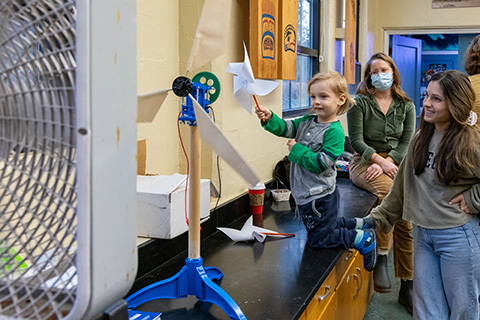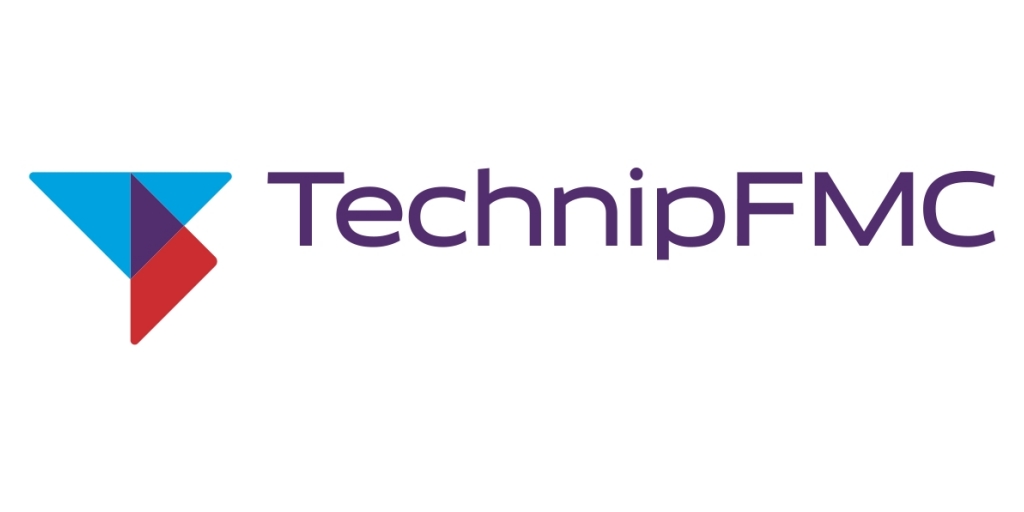Sign up for daily news updates from CleanTechnica on email. Or follow us on Google News!
When the third cohort of Energy Transitions Initiative Partnership Project (ETIPP) communities was announced in 2023, the inclusion of Molokai, Hawaii, caught the eye of Bri Gabel, a sustainability coordinator for the City and Borough of Sitka, Alaska. Sitka was also selected for ETIPP, and Gabel saw an opportunity to infuse some recent learnings from Molokai into Sitka’s ETIPP project.

“I did my undergrad in Hawaii, and so I’ve always kind of looked to Hawaii as inspiration for some of the work that I do,” she said. “There are a lot of similarities between Alaska and Hawaii … a lot of similar challenges and costs associated with having to ship everything in.”
ETIPP combines technical expertise from four national laboratories with local knowledge from regional partner organizations to help island and remote communities pursue their energy resilience goals. While the program, which is managed by the National Renewable Energy Laboratory, has historically emphasized building connections between researchers, local organizations, and community members, it also provides a place for communities that are working to shift toward sustainable energy systems to learn from each other.
Although Molokai and Sitka have different renewable energy goals, they both view community engagement as a critical element to reach those goals.
Molokai entered ETIPP with a Community Energy Resilience Action Plan (CERAP), which outlines 10 energy projects that already have gone through a process of developing consensus across multiple stakeholders and secured community support. Sitka, which is embarking on its second round of technical assistance through ETIPP, is looking to select renewable energy options based on an ETIPP analysis of future forecasted energy demand.
Molokai has already established some successful community engagement practices that Sitka hopes to emulate in its ETIPP project.
“The work [Molokai had already done] was so similar to the work that we’ll be doing with our current ETIPP work,” Gabel said. “It was interesting to … see where we could kind of build off some of their work or at least not start from zero.”
Meeting Community Members Where They Are To Boost Participation in Energy Decision-Making

Sitka first joined ETIPP in 2021 with a focus on exploring viable renewable energy options and conducting capacity planning for future energy needs. The community’s latest ETIPP project will analyze and compare future forecasted energy demand, accounting for increased loads from heating electrification, electric transportation, and other decarbonization technologies. The outcomes of the analysis will help Sitka match previously identified renewable energy opportunities to meet forecasted energy demand.
In Molokai, building on the priorities laid out in its CERAP, the island’s ETIPP project will model and assess the feasibility of solar energy, identify renewable energy sources to support critical infrastructure, and explore pumped hydropower as an option for energy storage.
After reviewing Molokai’s plan online, Gabel’s team was impressed by not only the diverse community representation reflected in the document but also the degree of energy education Molokai provided residents during the planning process. Gabel said Sitka wants to draw heavily from Molokai’s approach of weaving education and engagement together in Sitka’s ETIPP project.
“We really liked that before they even started asking some of these bigger questions, they really tried to … increase people’s energy literacy so they felt informed and had an understanding of what’s going on,” she said. “So not just speaking at them, but actually having a conversation.”
Gabel invited Leilani Chow, an energy sovereignty program coordinator at Sustainable Molokai, to present some of Molokai’s insights to Sitka’s Accountability Commission. Chow’s presentation highlighted methods used in Molokai to build community consensus and participation.
In Molokai, energy planners started by asking community members how they wanted to participate and what they saw as obstacles to participation. When they heard “community fatigue” was one of the main barriers to engaging in energy planning, Chow’s team created engagement opportunities that were more convenient for their target participants.
“We tagged onto other community events. We would get a booth and give people lemongrass tea and say, ‘Can I pick your brain real fast about some energy stuff?’” Chow said. “They would spend 5 to 10 minutes with us and then they could go. They didn’t have to stay in a meeting. We were really mindful about keeping it short and sweet.”
Chow said Molokai also took cues from community members about how they preferred to learn more about energy and tried settings ranging from Zoom meetings to pop-up events.
Everyone on Molokai is considered a stakeholder whose input matters, Chow said. But conducting thorough and methodical outreach helped them reach key groups including first responders, emergency preparedness teams, critical infrastructure operators, conservation groups, and homestead associations.
Although the engagement process was time-consuming, Chow said the outcome was worth it.
“The community is super excited to start looking into these projects. It’s just made an even stronger case for community-led energy planning, when communities codesign their projects,” Chow said. “These projects provide a lot more than just energy solutions; they provide overall community solutions in a holistic way. [ETIPP has been] letting us lead on the community process that we know has worked for us and that we want to continue to strengthen.”
Creating Space for Community Voices To Lead Energy Transition Discussions

Back in Sitka, excitement and momentum are building around the community’s ETIPP project, as well. The researchers and regional partners supporting Sitka’s ETIPP project traveled to Sitka in December 2023 to better understand the community’s needs and what outcomes Sitka is expecting from the project.
“I do like that ETIPP is structured to have technical assistance experts and community engagement experts,” Gabel said. “[It shows] an understanding that you really need both of those things in order for this stuff to be successful.”
There are no assumptions that “just because they’re energy experts, they know everything they need to know,” Gabel said. “The biggest challenge has been trying to let the community know that these experts are here to help, but they’re not just here to speak to you—they’re here to listen.”
Gabel said she has been grateful for the ETIPP team’s vulnerability as they have worked with the community to finalize the project’s scope of work.
“People [in Sitka] are very opinionated and concerned about some of these things, and so it’s not easy to come in here and let people essentially grill you about what’s going on because we have to really build that trust before we actually get going into some of this work,” she said. “The team has been great, and I’m excited to actually get this [ETIPP project] scope finalized and move into the next phase of this technical assistance.”
Sitka is using the community input from the December 2023 meeting to finalize the details of its ETIPP project. And as both ETIPP projects progress, Gabel said Sitka hopes to return the favor to Molokai.
“I actually have [Molokai’s] strategy printed out and marked up like crazy,” Gabel said, “and I definitely let them know that we’d be happy to talk more and kind of share some interesting finds from our initial ETIPP work.”
Visit the ETIPP technical assistance page to learn more about the program and stay tuned about the 2024 application period.
Courtesy of NREL. By Brooke Van Zandt
Have a tip for CleanTechnica? Want to advertise? Want to suggest a guest for our CleanTech Talk podcast? Contact us here.
Latest CleanTechnica TV Video
CleanTechnica uses affiliate links. See our policy here.




